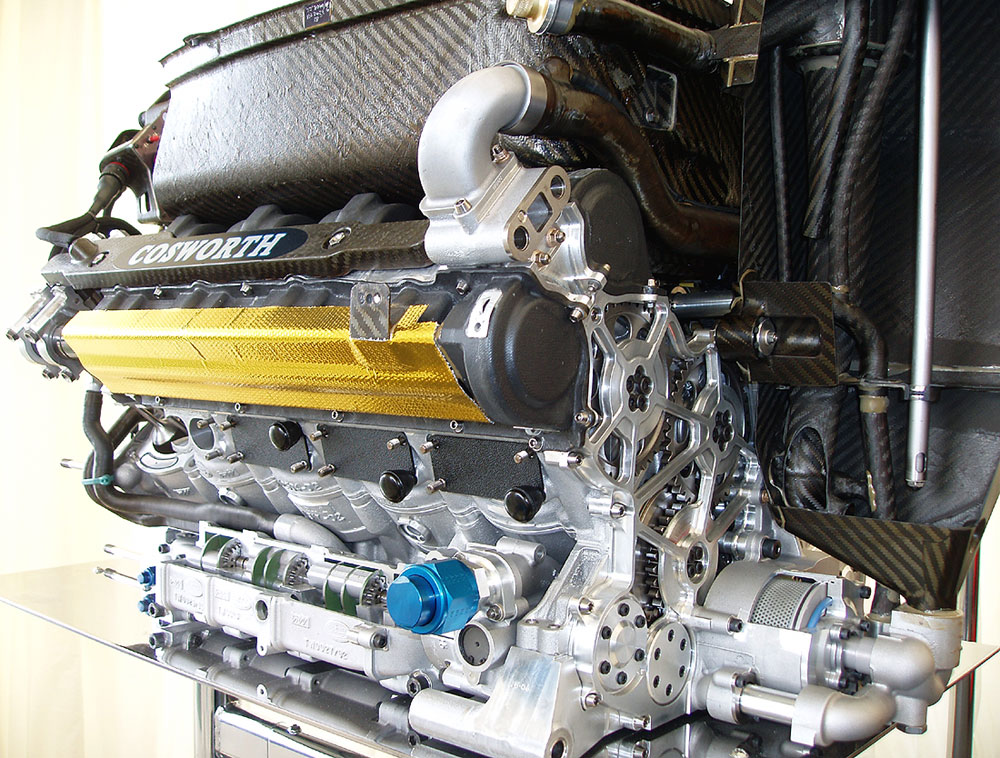Giblet wrote:Hope this question isn't too on the daft side, but what would stop using the inertia of the flywheel to keep the turbo spooled up during periods of low engine speed?
The teams will use some sort of anti-lag system, together with variable geometry turbos. The simplest approach is what some teams have been doing this year to power the diffusers, via retarding the ignition and dumping fuel into the mixture and waiting for it to go bang in the manifold/exhaust port. Boost pressures of up to ~1.5 bar with the throttle closed can be maintained almost reducing lag.
The downside is with a 1.6l turbo setup for next year is that temperatures will rocket >1100C at the exhaust housing, not good for the turbo and the cylinder heads, exhaust valves, manifold will take a beating.
Another approach is to recycle (EGR) exhaust gas and inlet air back into the turbine and ignite it. With this approach you don't get the typical Bang! Bang! of the fuel exploding in the manifold, (the turbo become a jet engine) and so it's easier on engine reliability, valve, heads exhausts etc.
What you do get is a very hot turbo, and EGT will need to be monitored very closely or you’ll loose the seals and the bearings.






